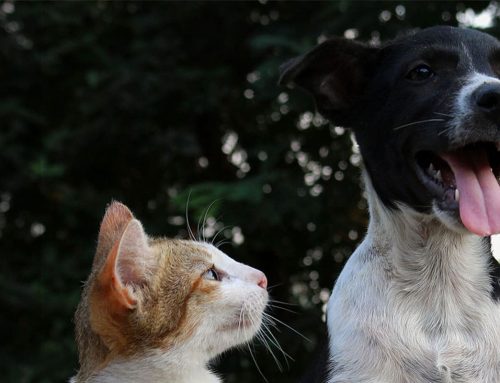Before you go
You need to ask yourself if your cat or dog will be happy and comfortable enough to travel with you. They may become homesick or get motion sickness which could possibly ruin your trip. If that is the case, it is better to leave your pet at home and enlist the help of a pet sitter. Alternatively, you could leave your pet in the care of somebody you trust or have a cattery or boarding kennel take care of them during your time away.
Plan In advance
If you are planning to take your pet along with you, plan and prepare your pet’s trip as you would for yourself. If you are travelling by plane or boat, get all necessary information regarding reservations and transportation for your pet. If you are staying in a lodge, motel or caravan park, make sure it’s pet friendly first. If you are planning to stay with friends or family, make sure it’s okay for you to bring your pet along before turning up on their doorstep.
Air Travel
- Contact the specific airline you have chosen to travel with and inform them in advance that you will be travelling with a pet, as each airline has its own policy regarding pets.
- Check with the airline to see what pet crates and carriers are allowed to fly.
- Book a direct flight preferably, or one with a minimum amount of stops.
- Get to the airport early, place your pet in the travel crate, and collect your pet immediately after landing.
- You can also contact a pet transport company to provide door to door service for transporting pets.
Road Trips
- If you plan to travel by car and your pet is not used to it, it is recommended to take him first for few short trips. Use a carrier, as the pet will be more relaxed and happy in it.
- Do not allow the pet to hang their heads outside an open car window when driving, as dirt and grit can cause injury or infections and cold air when inhaled may cause illness.
- Dogs riding in the back of a utility must be secured in a cage or with a harness. If tethered with a harness or neck collar, the chain must be long enough to allow the dog lie down easily, stand up and move about, but it should not be too long that allows the dog to jump over or climb the cabin’s roof.
- Take regular breaks every 2 hours during a long journey to rest, eat and relax.
- Feed the pet the main meal at the end of the day. It is easy to carry dry food during travel, but if your pet is on canned food, dispose any unused portion if not refrigerated.
- Never leave your pet unattended in parked car for a long period of time. If you have to leave the pet in a parked car, lock the doors and open the windows enough for good ventilation without allowing them enough room to jump out or get their head stuck. Never leave your pet in a hot car, as heat stroke is fatal to animals.
Sea Travel
Some ships and cruises welcome pets for travel. Contact the cruise line or travel agent for more information.
No Matter Where You Go:
- Make sure your pet is wearing a collar with his identification information and registration tag.
- Always carry his favourite toy, food, dishes, water and a leash.
- Plan a visit to your veterinarian before leaving on a long journey for examination and vaccination if necessary.
- If your pet must travel in a crate or carrier, then make sure it is large enough to allow movement. It must be tough, and have a proper place for food and water. It should also allow ventilation with a leak proof base and accommodate secure locking.
- If you are travelling overseas, consult Australian Quarantine and Inspection Service (AQIS) or your veterinarian because health and vaccination regulations vary greatly.




